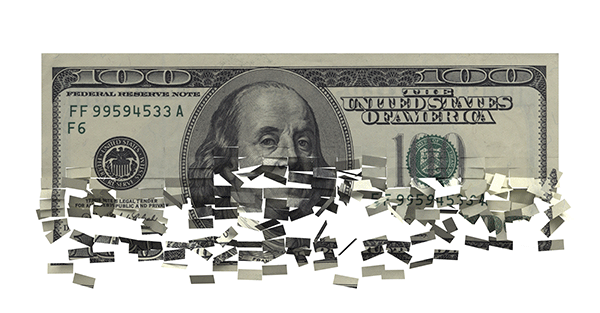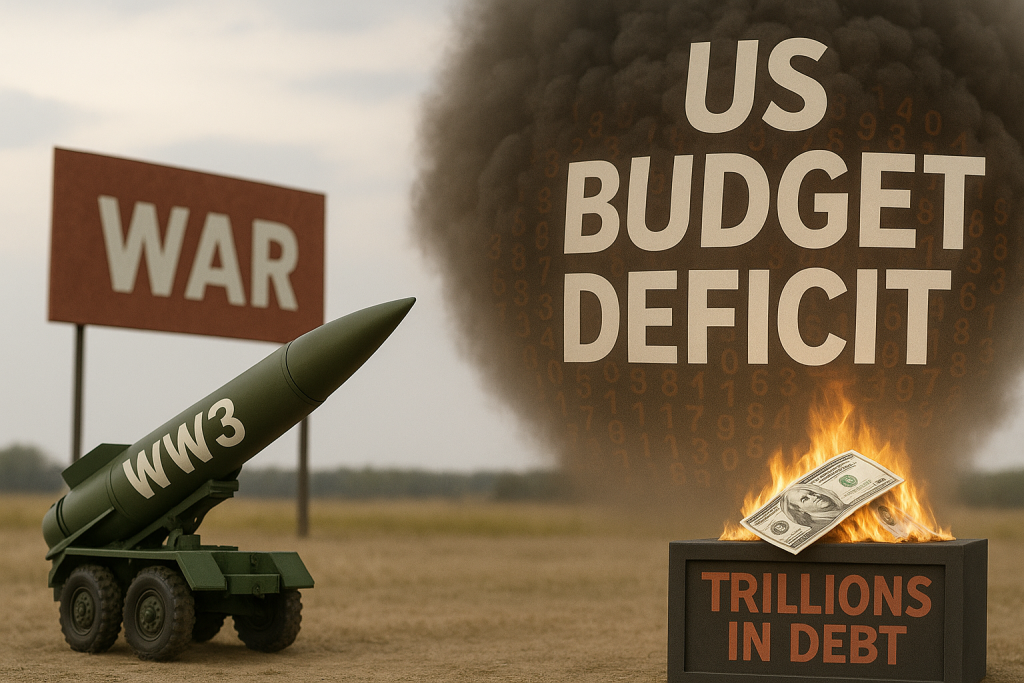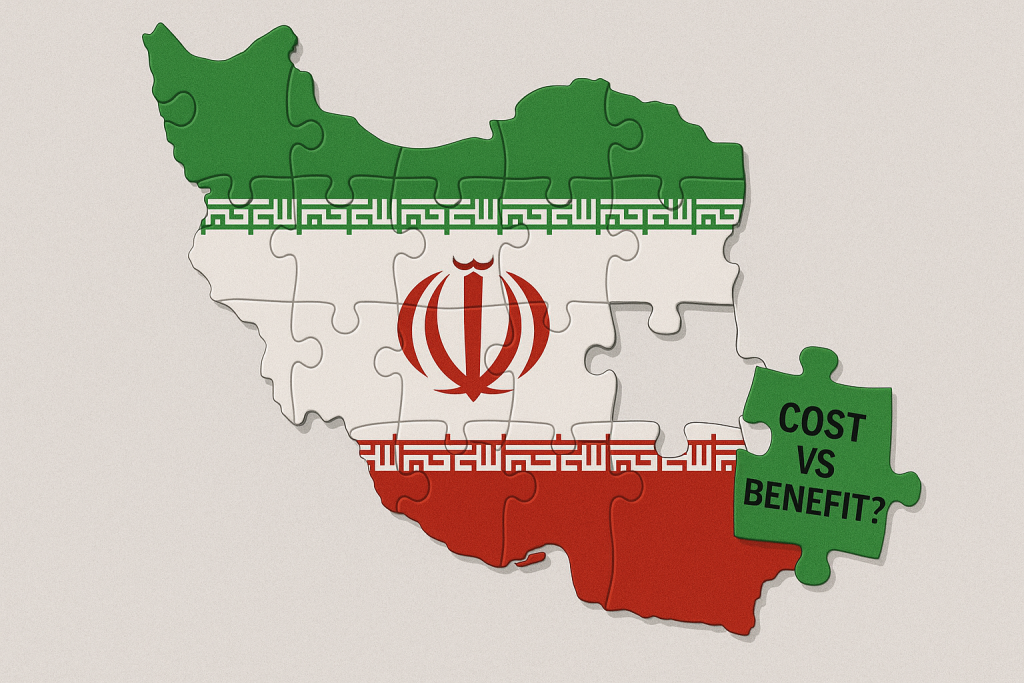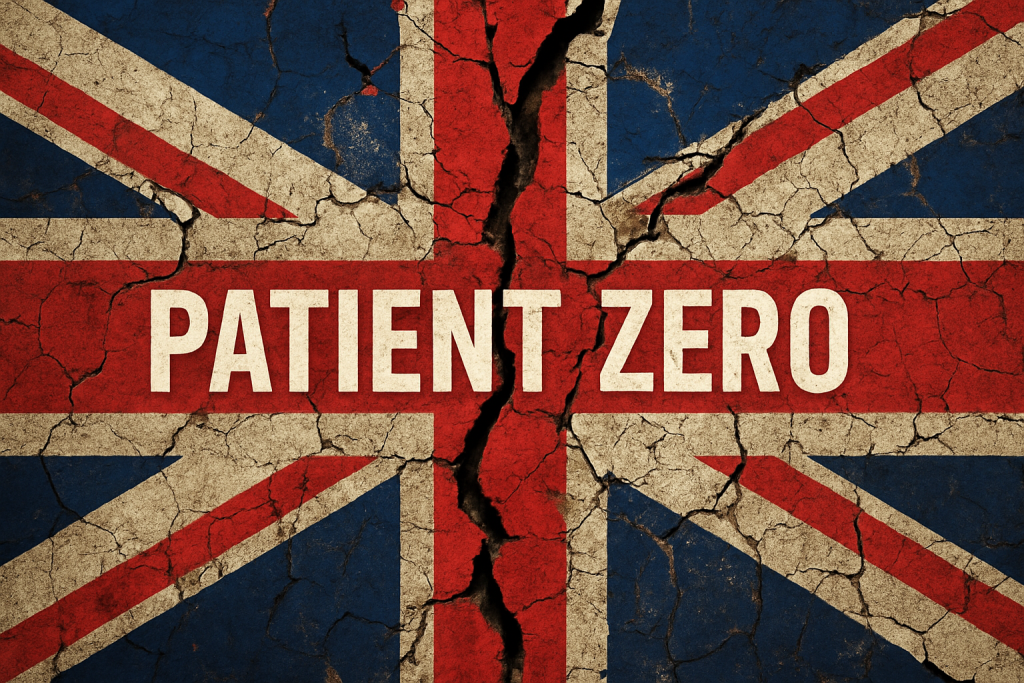October 17, 2014
New York, USA
At present, US dollar accounts for roughly 61% of the world’s foreign exchange reserves.
It’s still a safe bet for most, not because the currency is actually strong, but because so many others are already so reliant on it.
Between those with reserves in and pegs to the US dollar, many countries have given their allegiance, and now have a vested interest in the health of the currency.
Due to this common interest, a sort of unofficial, involuntary alliance has been formed between them all.
Together, they’re all playing along, pretending that everything is fine. If the dollar collapses, they’re all screwed, so they’ve got to get each other’s backs.
From the throne of the world’s reserve currency, the Federal Reserve, with the power to print the US dollar, feels dangerously omnipotent.
They can get away with just about anything. For now.
The central bankers get to print dollars and spend them at current prices, before the stuff hits the wider market and diminishes its overall value.
And for the time being they don’t really face any consequences. The whole world just absorbs it. Other countries really have no other choice.
But they’re getting tired of putting up with this abuse, and the unrest is growing. New alliances are being made, this time to dethrone the dollar.
Just this week yet another currency swap agreement was made between the Chinese and Russian central banks. This time for 150 billion renminbi.
Trade volume between China and Russia will reach $100 billion (600 billion renminbi) next year, and is expected to reach $200 billion in 2020. This latest currency swap agreement will greatly reduce the need for dollars in their transactions.
Currently, 75% of trade between the two countries is settled in dollars. When they signed the agreement for the bilateral currency swap, Russian deputy Prime Ministers said this will “encourage companies from the two countries to settle trade in local currencies and avoid the use of a third country’s currency.”
Who do you think that was aimed at?
Threatened by the growing strength of China and Russia, the US is actively working to vilify the two. Between the headlines of war, both cyber and military, the government is unsubtly trying to bring back the days of yellow peril and the red scare.
However, it can’t use the same tactics on its longstanding ally—Europe.
Even the European Central Bank has started discussions on the possibility of including the renminbi as one of its reserve currencies.
And the euro and the renminbi are already directly tradable as of this month.
On Tuesday the UK also became the first country besides China to issue a sovereign bond in renminbi.
This coincided with the issuing of 180 million renminbi of corporate bonds by China’s ICBC in South Korea. Another first. South Korea is firmly on the renminbi train as renminbi deposits in the country jumped 55-times in just one year.
It’s very clear where the trend is going. All these news items are pieces of the same puzzle. The US dollar’s throne is shaking as it’s losing its importance and status as the preeminent currency in the world. Renminbi is on the way up.
The whole existing order of a single ruling currency is currently being challenged.
A new financial era is coming.








